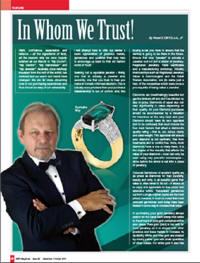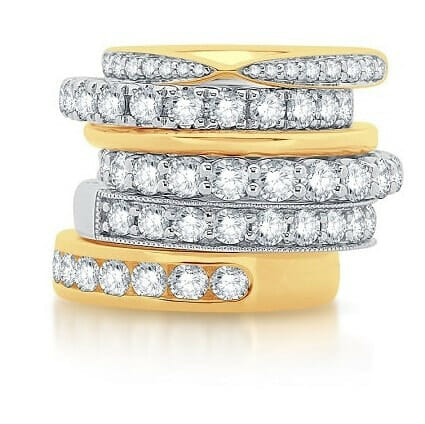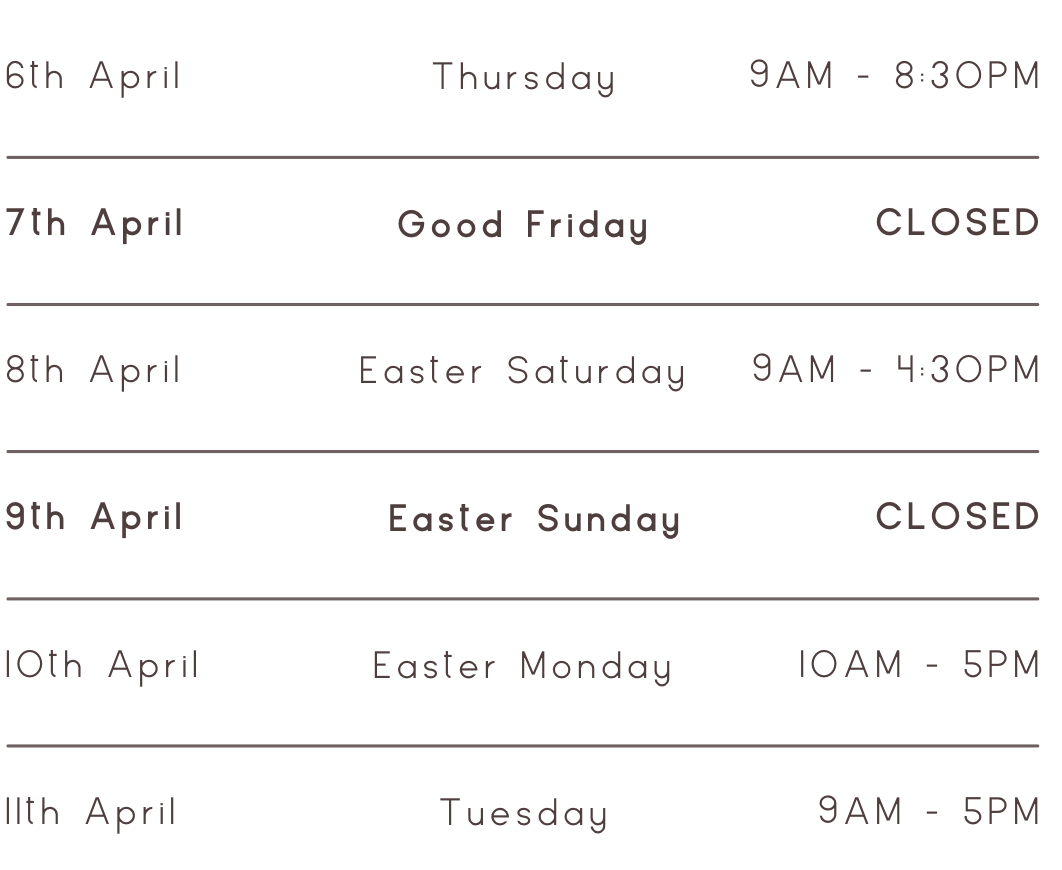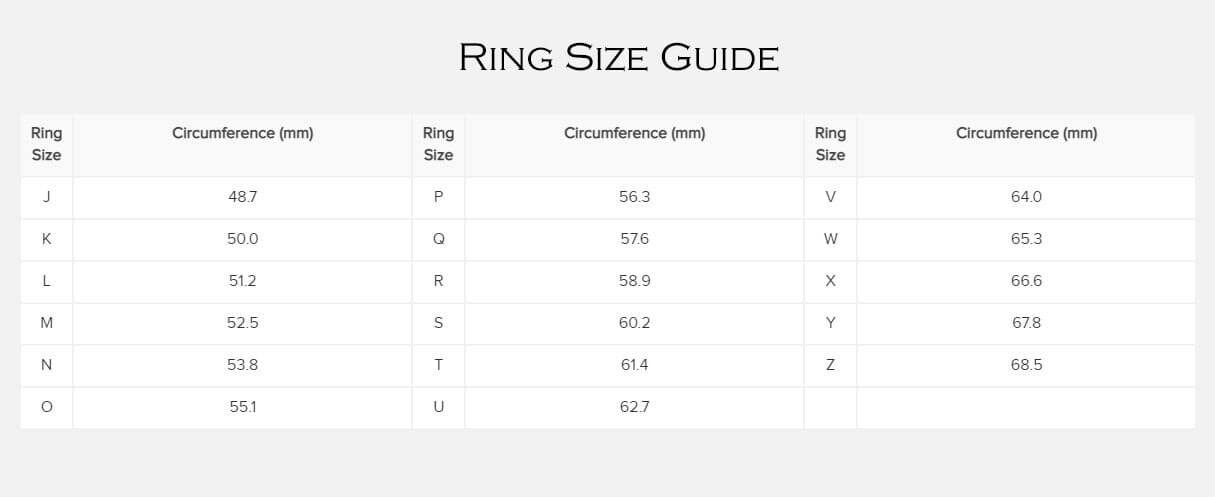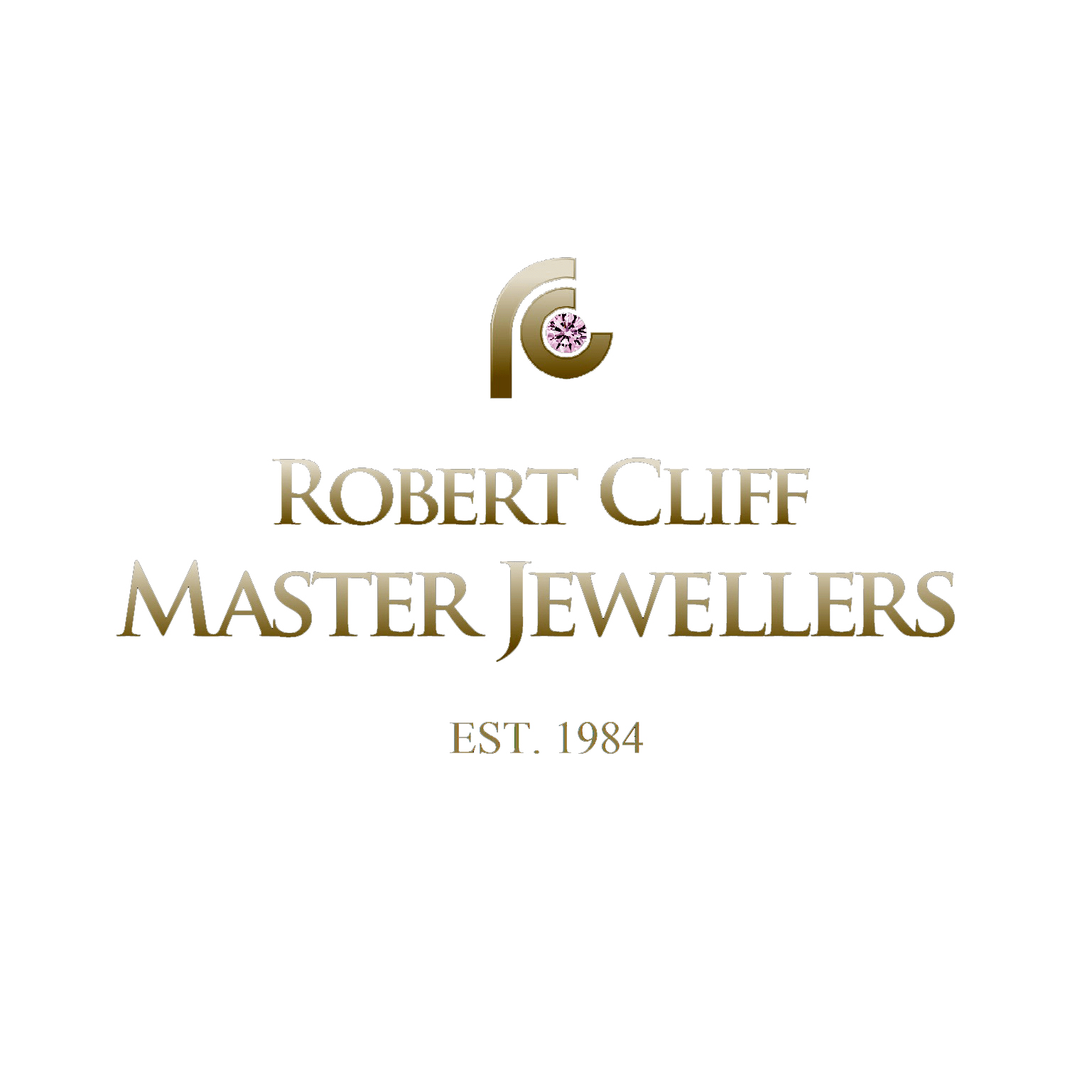Faith, confidence, expectation and reliance – all the ingredients of trust, all the reasons why we once happily referred all our friends to “My Doctor”, “My Dentist”, “My Hairdresser” and “My Jeweller”. Australia, once relatively insulated from the rest of the world, has matured and our wants and needs have changed. We are far more discerning now in our purchasing experiences and thus should be wary our vulnerability.
I will attempt here to offer our reader a basic appreciation of precious metals, gemstones and qualities that may help to encourage us back to that old fashion world of Trust!
Seeking out a reputable jeweller – firstly, one that is actually a Jeweller and, secondly, one that you trust to help you make an honest, informed decision. This is actually more priceless than your purchase! Salesmanship is out of control, and, like buying a car, you gave to ensure that the service is going to be there in the future. Ensure that your “jeweller” is actually a Jeweller and not just a retailer of jewellery. Registered Jewellery Trade certificated and a manufacturing workshop, Industry memberships such as registered Jewellery Valuer & Germatologists and the Retail Traders Association, are (to name just a few) of the necessities which were once a pre-requisite of being called a Jeweller.
Diamonds are breathtakingly beautiful but get the blinkers off and don’t be blinded by size or price. Diamonds of equal size can vary significantly in alue depending on their quality. All you Diamond purchases should be accompanied by a valuation for insurance at the very least and your Diamond should have its own appraisal (not to be confused) that must include the four main factors that affect a diamond;s quality rating – that is, cut, colour, clarity and caret weight. The appraisal will ensure your diamond is not synthetic, free from treatments and is conflict free. Note, most diamonds have one or many flaws. It is the degree of the visuality that affects the value of tour diamond – most can only be seen using very powerful microscopes – done before the stone is set into a piece of jewellery.
Coloured Gemstones of excellent quality are as prized as diamonds for their durability, beauty and rarity. In all beautiful gems their value is often owned to its cut – it allos us to enjoy and appreciate its true colour and splendor within. Transparent gemstonescut from a single original crystal are the most prizzed; however, it must be noted that most coloured gemstones sold today have been treated in some way to increase their value.
In purchasing your gold Jewellery always search for the carat mark stamp that refers to the amount of pure gold contained within your piece. Pure gold (24ct) is too soft for most jewellery, so it is alloyed with other precious and base metals to increase its durability. White and rose gold are created by mixing yellow gold with small quantities of other metals. For white gold it also has a coating of rhodium to enhance its brightness (In the past, nickel was used in white gold; however, due to skin allergies, it is infrequently used today). The maker’s mark, manufacturer’s identity stamp, jeweller’s logo or initials are often visually present on Gold Jewellery.
Pearls are much loved traditionally and admired for their uniqueness and luminous beauty. The diamonds of the sea are a personal favourite of mine! Most Pearls sold today are cultured, meaning that man has tricked the shell to create a pearl by physically inserting a small irritant that the oyster naturally coats with layers of nacre to give pearls their grow. Natural Pearls are formed when this happens naturally – and today, extremely rare. Size, depth of lustre and iridescence of the pearl gives pearls their value. Bigger, in this case, is generally better, but shape affects value too. Irregular shaped pearls are sold as baroque pearls.
Antique jewellery certainly has its own specialised market, however, in Australia there is very little of it – genuine antique that is. And you are likely to pay too much for a rare piece. “Estate” Jewellery does not guarantee that it is a genuine antique. Genuine antique pieces always had the makers stamp inside. Any pieces said to be Antique and from England should carry a LAPADA certificate which guarantees it is over 100 year old. When buying Antique Jewellery for an investment – know how you may resell it so you can realise your investment and be prepared that it may be some time before fashion swings your way.
I do believe that all fine Jewellery purchases should be accompanied by a detailed Valuation report (a document that is acceptable for your insurance company) and an estimate of the market price for your item at the time of purchase. Registered Valuers are experts in gemstone grading and in detecting synthetic substitutes
With apparently vast “choices” and great dollars spent in advertising, all ensuring us that they have “much better value for money” than anyone else, it is here where I am seeing caution depart. “Caveat Emptor” (the Latin pharase for “buyer beware”) has never before been more true in the Jewellery Industry in Australia when investing in fine Jewellery. Ensure with confidence that when you are making that very special, emotional, frivolous or investment purchase that you have faith in, and who has a commitment to your beautiful fine jewellery’s future. It’s all about Trust!
Make an appointment to sit with Robert to create your exclusive jewellery design.
Robert Cliff Master Jewellers
Shop 380A Castle Towers
Castle Hill, NSW 2154
p | 02 8850 5400
02 8850 7999
e | [email protected]
w | wrobertcliffmasterjewellers.com.au
More coming soon…






